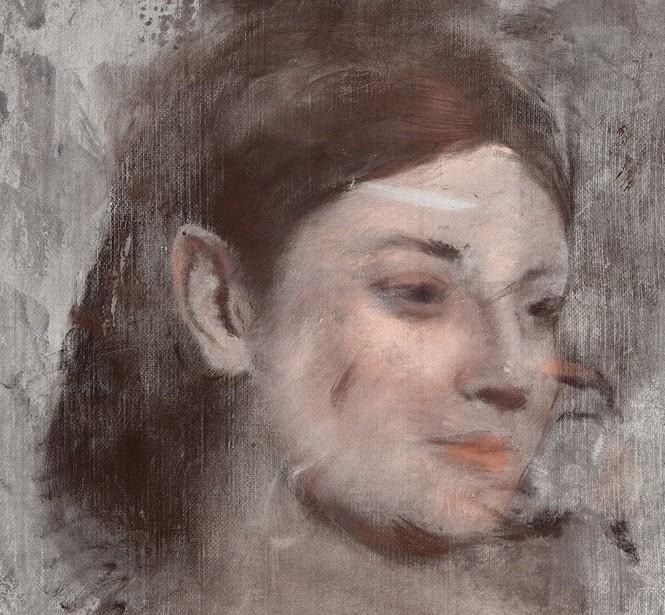Hidden portrait under Degas painting identified using X-ray fluorescence
When it comes to French impressionists, Edward Degas is one of the giants in the field. Degas lived from 1834 to 1917 and painted some of the most beautiful works of art during his lifetime. As many painters were wont to do, Degas had a penchant for reusing old canvases to paint new works that had old works on them that he for some reason chose not to complete. Researchers have been increasingly studying old paintings from masters like Degas using X-ray fluorescence or XRF.
The use of XRF on the Degas painting called "Portrait of a Woman" made in 1876-1880 in oil on canvas marks the first time that such technique has been used on a French impressionist painting. The researchers weren't disappointed either; they found clear signs of another work of art underneath the portrait that we can see of the woman.
The reason that scientists look for hidden works under paintings is because these early compositions give insights into artworks and artists and can at times reveal how the artist evolved over time in technique. These hidden works can also help to attribute art to a specific artist. These non-invasive techniques like XRF are important because any damage however minute in highly valued paintings are unacceptable.

XRF works by allowing the magnetic elements in an underpainting to be detected and resolved with sufficient sensitivity to allow reconstruction of the hidden layers of paint. The "Portrait of a Woman" painting has been known to have an underpainting for years and the underpainting has become more visible over time because Degas used thin layers of paint providing little pigment to hide the under image. The underpainting runs in the opposite orientation to the upper composition with the shoulders of the underpainting hidden by the bonnet the woman wears.
The discoloration in the face of the main person in the image is where the underpainting is showing through. Using XRF the researchers were able to make out much more of the underpainting that previously possible. Eventually the XRF was able to recreate a portrait of Emma Dobigny, a woman widely known to model for Degas between 1869 and 1870, with enough resolution that a false color version could be created.
SOURCE: Nature
